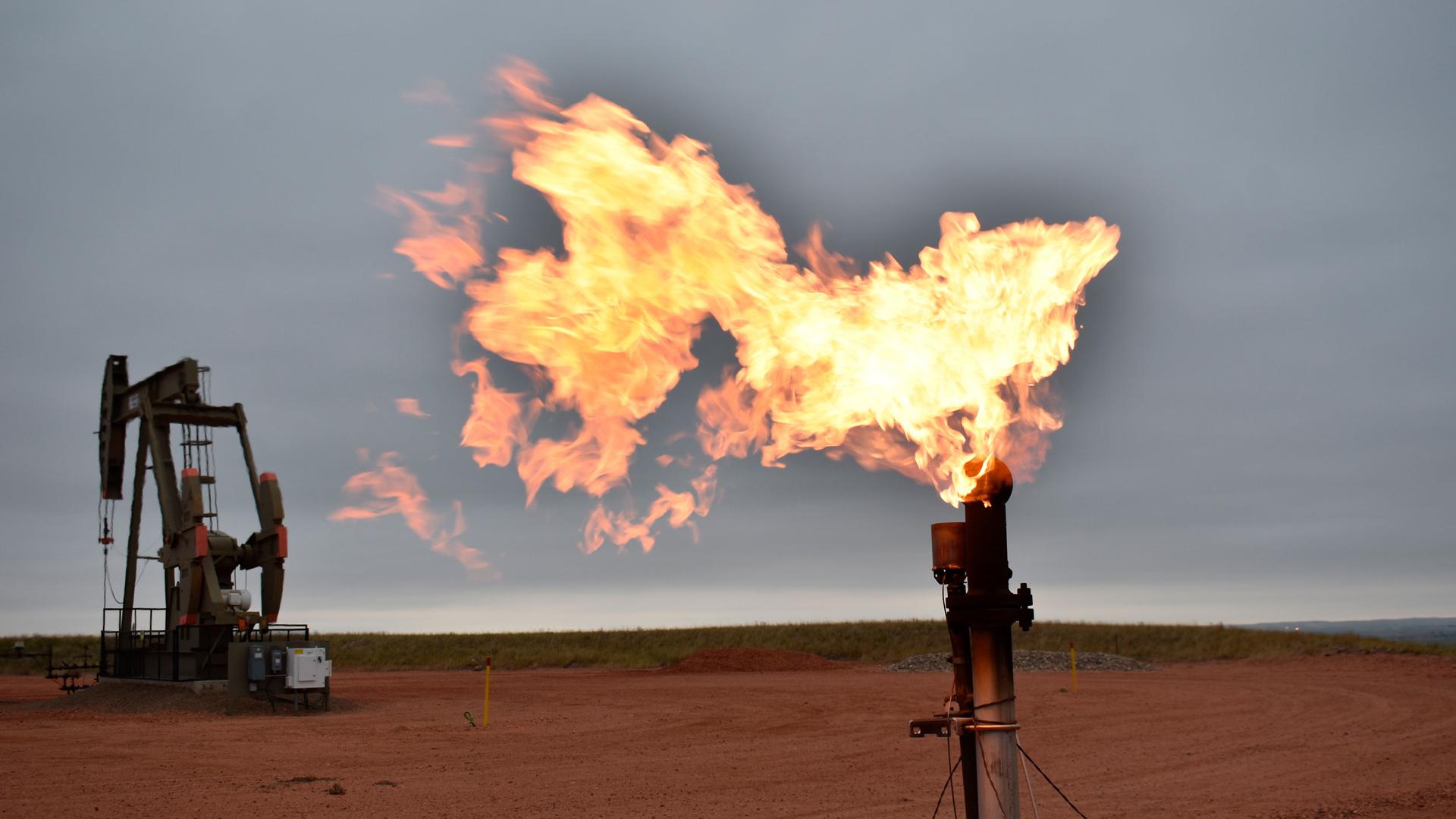This analysis was featured in Critical State, a weekly foreign policy newsletter from Inkstick Media. Subscribe here.
Happy COP26 to those who celebrate. As world leaders fiddle in Glasgow, Scotland, this week and next on Deep Dive we’ll look at new research on how real action on climate change could shift global politics in ways that would upend some of the basic assumptions we hold about what drives conflict and insecurity around the world.
The discourse about transitions away from fossil fuel is, frankly, bizarre. If the current rate of fossil fuel emissions continues, the world is careening toward climate disaster. Yet much of the discussion about shifting toward other energy sources focuses not on the benefits of averting the monstrous effects of over 2 degrees of warming but on the dangers of the new supply chains that will be required to support a renewable energy economy. If everyone needs batteries, the thinking goes, then lithium and graphite production could become as divisive as oil and coal production is today.
In a new article in the journal Energy Research and Social Science, researchers Jim Krane and Robert Idel urge everyone who is freaking out about wars over wind turbine production to chill. They make a compelling argument that, while expanding renewable energy production and use will require new supply chains, investments, and forms of resource extraction, the political risks of those new operations pale in comparison to the political risks (to say nothing of the climate risks) of fossil fuel production.
Their argument hinges on a major difference between renewable energy systems and fossil fuel energy systems: When you make an internal combustion engine you keep having to fill it with gas, but when you make a solar panel, you’re done. That is, once you’ve gathered the initial inputs to make renewable energy generation, all the risk around energy access falls away. As long as you’ve got sun or wind or waves or the inexorable process of nuclear decay, you don’t need to worry about refilling your power source.
This is in sharp contrast to the way fossil fuel economies work. Most of the risk in fossil fuels derives not from the production of energy-generating facilities, but from market shocks to the inputs for those facilities. It isn’t hard to source the steel to make cars, but if major gasoline refineries go offline then the costs of driving can jump significantly. When Russia wants to mess with the EU, it doesn’t restrict its exports of natural gas power plants, it restricts its exports of natural gas. That kind of political risk around fossil fuels drives a lot of political calculations about international security issues, from the Strait of Hormuz to the Dakota Access Pipeline.
As Krane and Idel point out, those risks just don’t apply to renewable energy production. If political actors found some way to halt, say, lithium production, people who were already driving around cars with lithium batteries would face exactly zero inconvenience or economic cost. There would be price increases in future production to be sure, but once the infrastructure of renewable energy use is in place it becomes very difficult to target. And indeed, as with fossil fuels, it is difficult for producers of minerals crucial to renewable energy production to effectively restrict their sale.
In 2010, China — a major producer of so-called “rare earth metals” — imposed an embargo on their sale to Japan. At first, prices for components involving the metals skyrocketed as investors panicked. But then everyone remembered that rare earth metals are a commodity like any other, and that the market is fungible. Soon, new sources of the metals were coming online and third countries were buying from China and reselling to Japan. Japanese component prices were back to normal before China called off the boycott.
Krane and Idel quantified the vast gulf in risk between existing energy systems and renewable systems by looking at how much mining is necessary to make each system work. Using the Texas electrical grid as a case study, they measured how much mining is necessary to maintain one gigawatt of wind capacity over 20 years and how much is required to produce the same energy in coal plants. Just for that gigawatt, replacing coal with wind would result in 25 million fewer tons being mined over two decades. Texas alone produced 77,857 gigawatt hours of electricity from coal in 2019. That level of decline in energy inputs represents a major reduction in political risk, even setting aside its obvious climate benefits.
Critical State is your weekly fix of foreign policy without all the stuff you don’t need. It’s top news and accessible analysis for those who want an inside take without all the insider bs. Subscribe here.
Our coverage reaches millions each week, but only a small fraction of listeners contribute to sustain our program. We still need 224 more people to donate $100 or $10/monthly to unlock our $67,000 match. Will you help us get there today?
